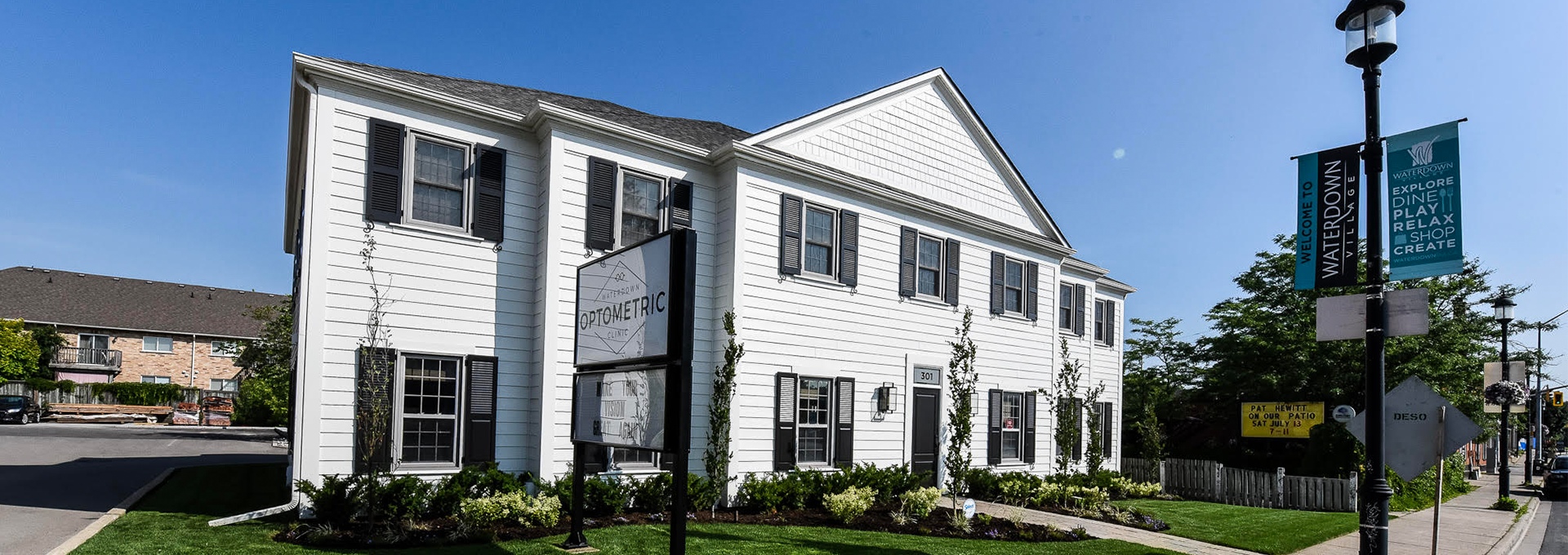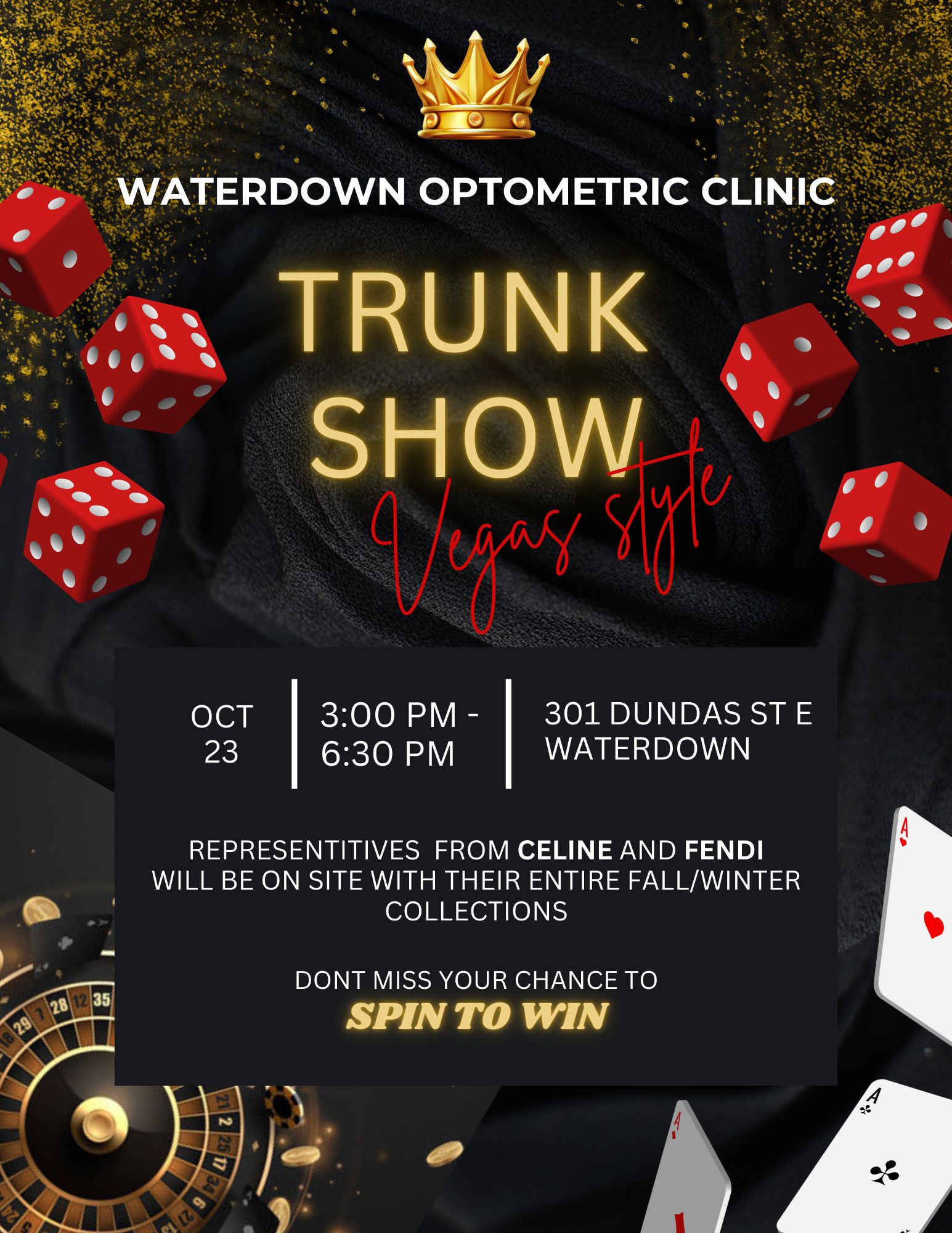Women experience earlier and more intense hormonal changes in middle age than men do. Thanks to those pesky imbalances, your eyes may suddenly feel like sandpaper.
Of all the challenges menopause can bring, dry eyes may not seem all that serious, but they can be irritating. Luckily, with some help from your optometrist, the symptoms are manageable.
Hormones & Dry Eyes
Estrogen, a hormone that plays a large role in keeping your body’s membranes and tissues lubricated, starts to decline during menopause. This can also decrease tear production, resulting in gritty, sore, blurry, and burning eyes.
As I explain to all my patients, there are 2 types of dry eyes:
- Aqueous deficient: This is when we don’t produce enough tears.
- Lipid deficient/meibomian gland deficiency (MGD): This occurs when the tears we produce evaporate too quickly due to an issue with the oily layer of our tears.
A significant factor contributing to dry eyes during menopause is MGD. The tiny glands at the edge of your eyelids, which prevent your tears from evaporating, are no longer functioning well. This is because estrogen plays a role in regulating these glands. The meibomian glands can become blocked and dysfunctional, which leads to dry eye symptoms.
Finding Relief
Here are some actions you can take to get relief from your dry eye symptoms:
Over-the-Counter (OTC) & At-Home Remedies
Preservative-Free Artificial Tears
I recommend preservative-free artificial tears for immediate relief, as they can minimize irritation.
Warm Compresses
Applying a warm compress, such as the Blepha EyeBag, that can stay warm for 10 minutes can help melt obstructions that block oil glands.
Omega-3 Fatty Acids
These supplements can improve tear quality by replacing inflammatory omega-6 in your meibomian glands with anti-inflammatory omega-3. Not all omega-3s are created equal.
You want to find an omega-3 in the re-esterified triglyceride form (rTG) with a 3:1 EPA to DHA ratio. Greater than 2000mg per day has been shown to improve dry eye symptoms. My go-to Omega-3s are the PRN omega-3s.
Lid Hygiene
Keeping your lids clean with a gentle cleanser that is safe for the ocular surface, such as the “We Love Eyes” tea tree foam, and removing all your eye makeup at the end of the day can help prevent the oil glands from clogging up. Please see our Eegiene blog for more information about lid hygiene.
Hydration with Water & Humidifiers
Drinking plenty of water supports overall hydration, including eye moisture, while using humidifiers to add moisture to the air can help reduce dry eye symptoms.
When to See an Optometrist
While OTC and at-home options can help to manage dry eye symptoms, sometimes you may require additional help. At WOC, we can offer prescription eye drops, including steroid eye drops to reduce inflammation and immunomodulating eye drops to enhance tear production.
If your dry eyes are severe, you may need the above treatments in addition to in-office treatments such as:
- Intense pulsed light (IPL) can help reduce inflammation of the eyelids and help with oil production.
- Radiofrequency (RF) can help clear and remove any obstruction from the oil glands.
- Specialty contact lenses, such as scleral lenses, can add extra moisture and comfort.
- Eye drops made from your own blood serum can soothe and protect your eyes.
Find Relief Today
Keep in mind that everyone’s experience with menopause is different, and what works for one person may not work for another. But always remember that you DO NOT need to suffer. Dry eyes can be frustrating, but as optometrists, we can help find the best solution for you. If you are experiencing dry eye symptoms, try some of the above-outlined solutions. If your symptoms persist, please call our office to book a dry eye assessment or an eye exam if it has been over a year since your last full eye exam.




